Rice leaf blight disease (leaf blight) caused by Xanthomonas campestris pv bacteria is very common today. Join Sataka Vietnam to find out the causes and remedies
Bacterial leaf blight, also known as leaf blight or bacterial leaf blight, is one of the most common and dangerous diseases affecting rice crops. It is caused by the bacterium Xanthomonas oryzae pv. oryzae, a gram-negative, aerobic bacterium. This article by Sataka focuses on the causes, symptoms, damages, and effective prevention methods for bacterial leaf blight in rice. Let’s explore the details below!
Bacterial leaf blight in rice is a severe infectious disease caused by the bacterium Xanthomonas oryzae pv. oryzae. This gram-negative, aerobic bacterium thrives in soil and plant residues. It primarily spreads through wounds on the plant's leaves, contaminated planting materials, or irrigation water carrying the pathogen.
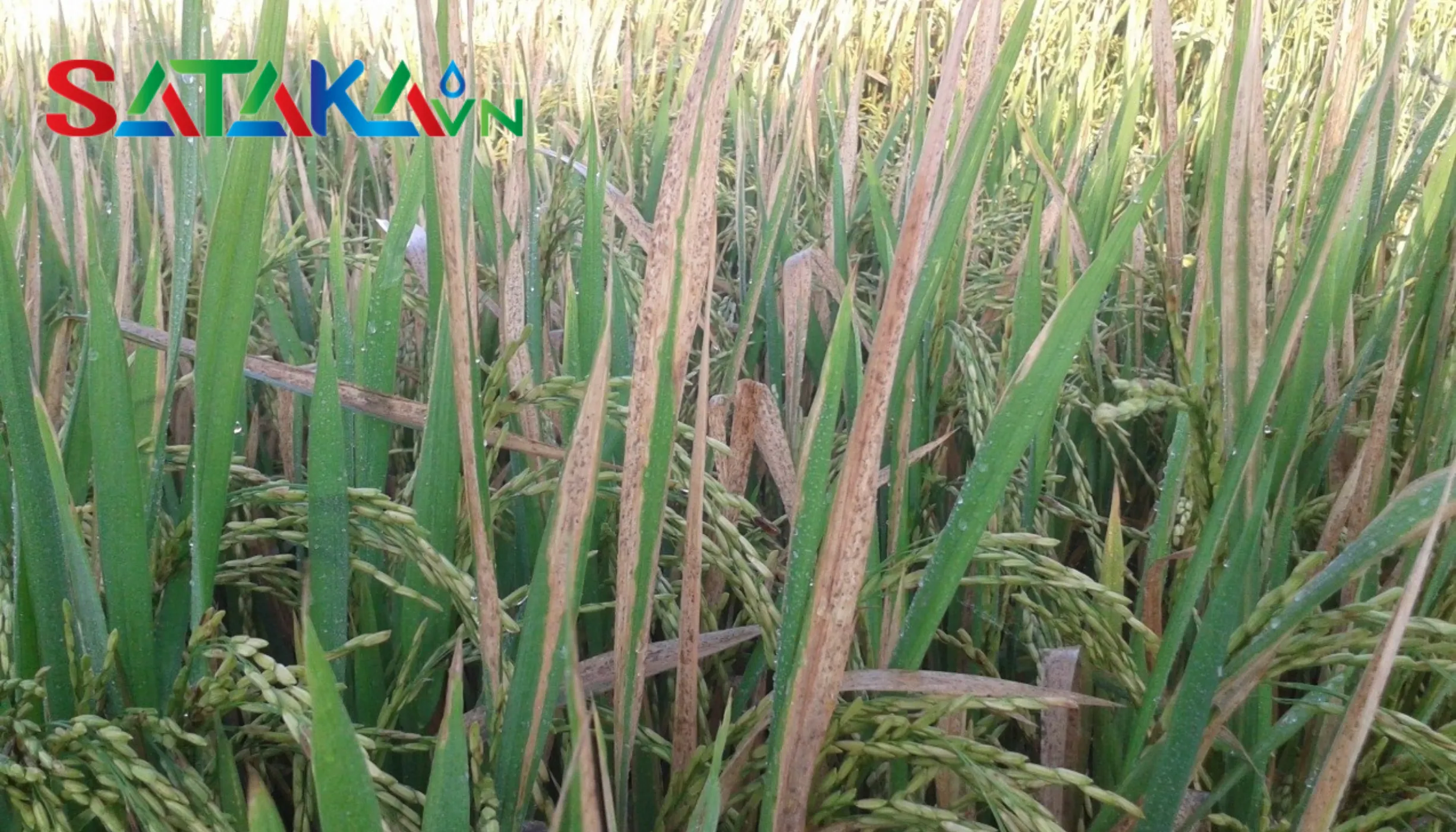
Rapid Spread in Humid Conditions
The disease spreads quickly in hot and humid weather, potentially causing significant yield losses if not detected and managed promptly. This article will clarify the factors that enable the bacterium's growth, the symptoms to identify the disease, its impact on rice plants, and safe farming practices to prevent its spread.
Wet weather and heavy rainfall, while ideal for agriculture in some areas, also create favorable conditions for the growth of various bacteria, including those that cause plant diseases.
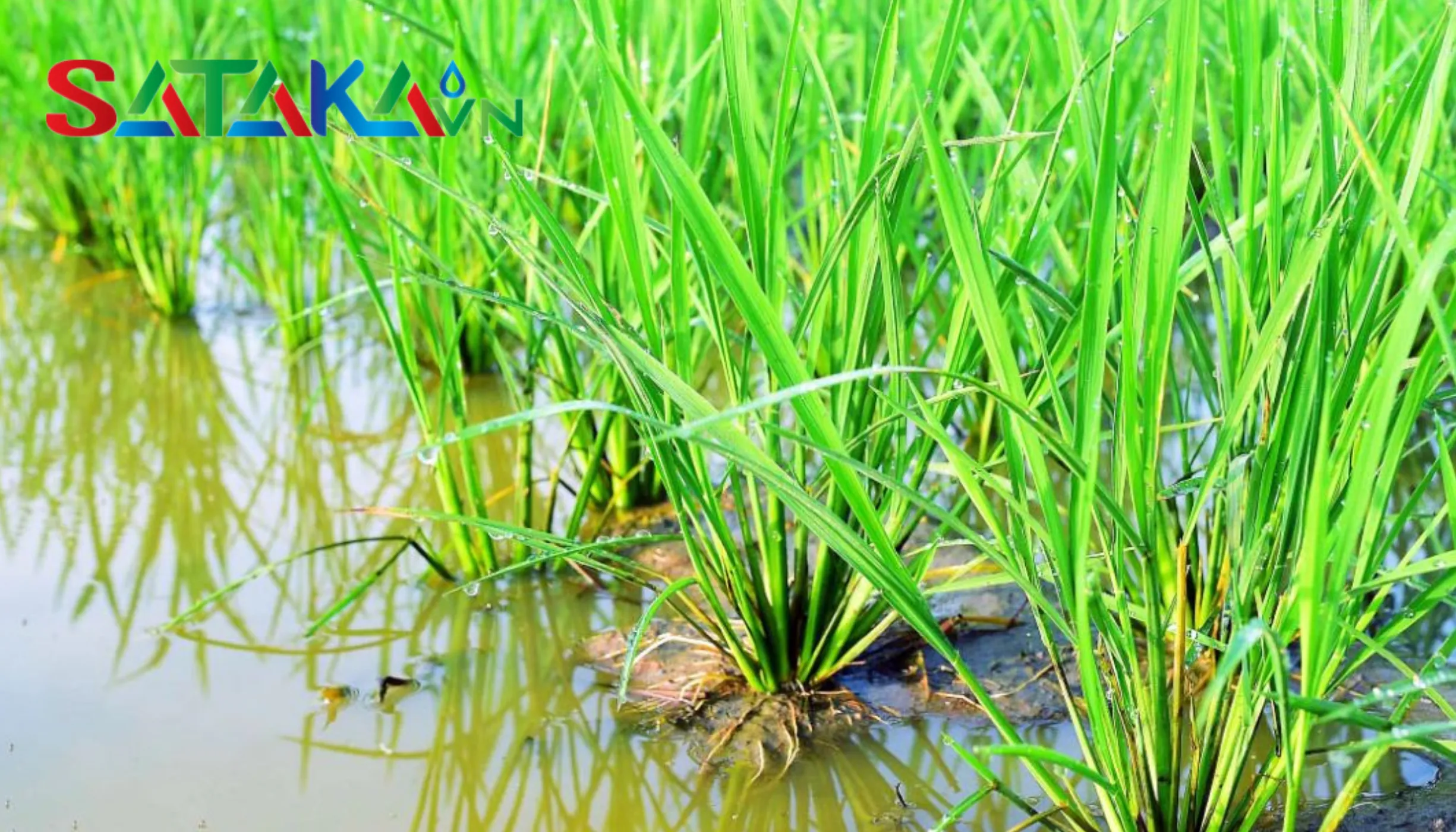
The primary culprit of bacterial leaf blight is the bacterium Xanthomonas oryzae pv. oryzae. However, the severity of the disease can be compounded by interactions with other bacteria and fungi present in the agricultural environment.
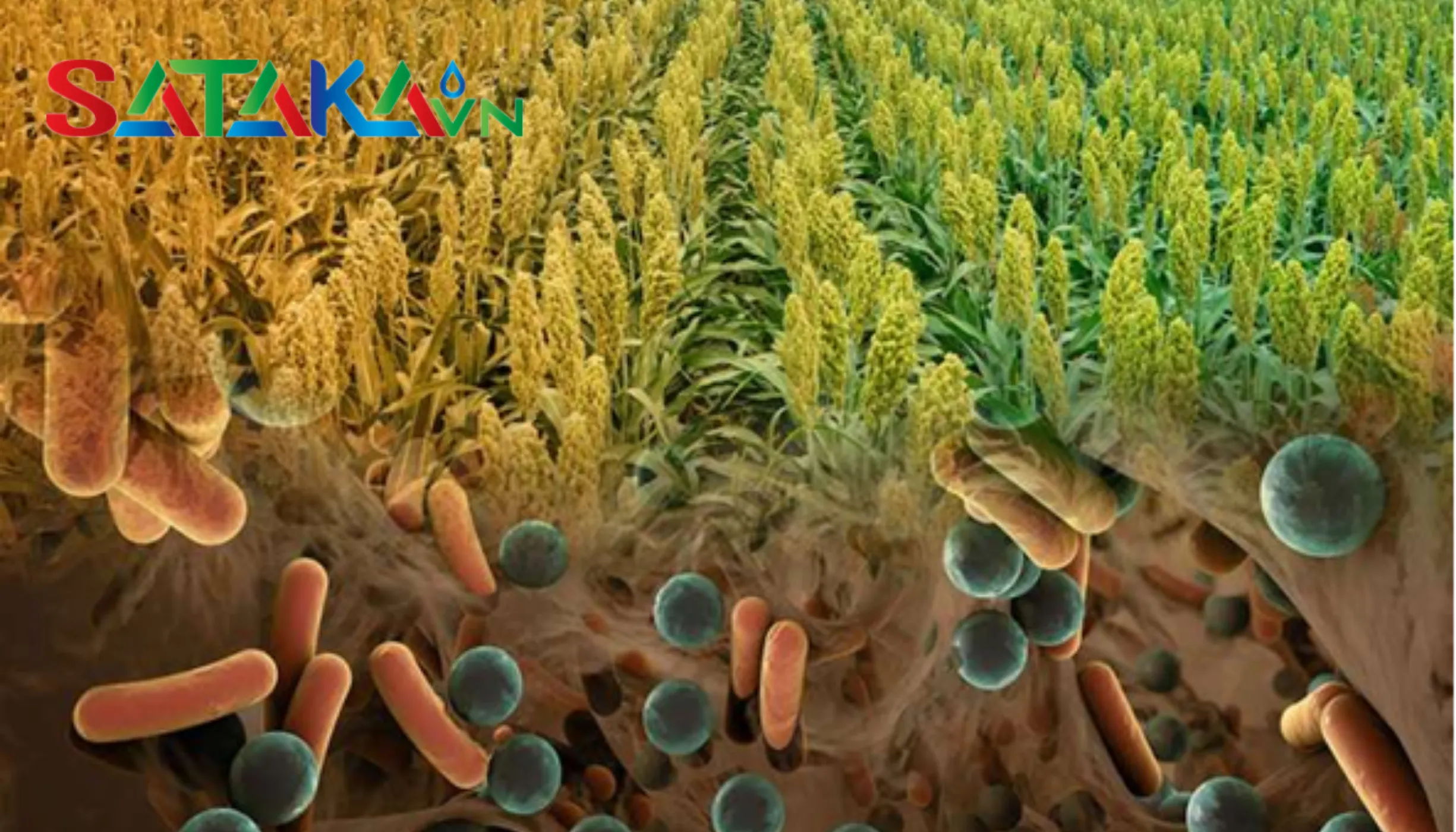
Recognizing the symptoms of bacterial leaf blight is crucial for timely intervention. Below are the typical stages of the disease:
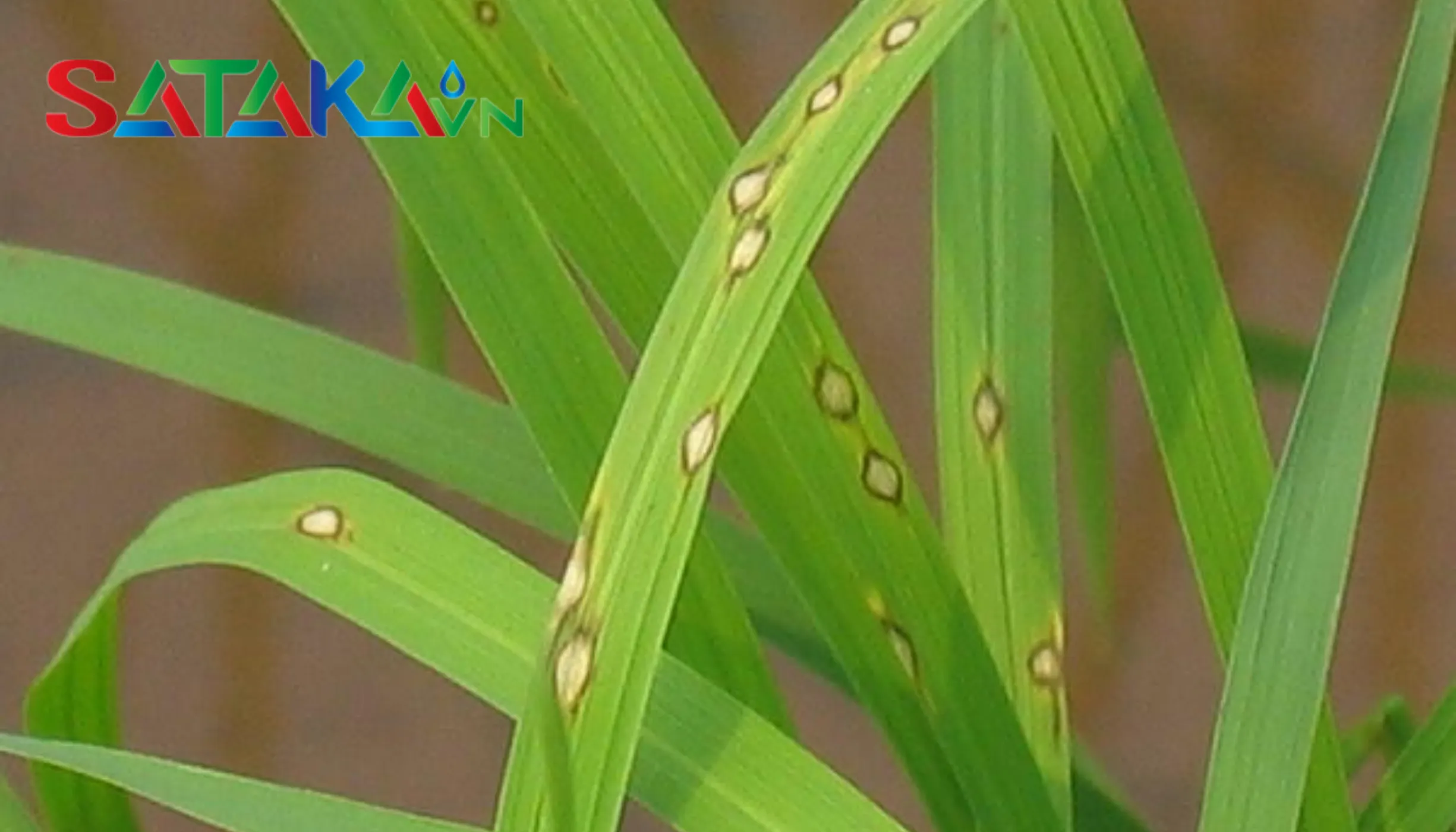
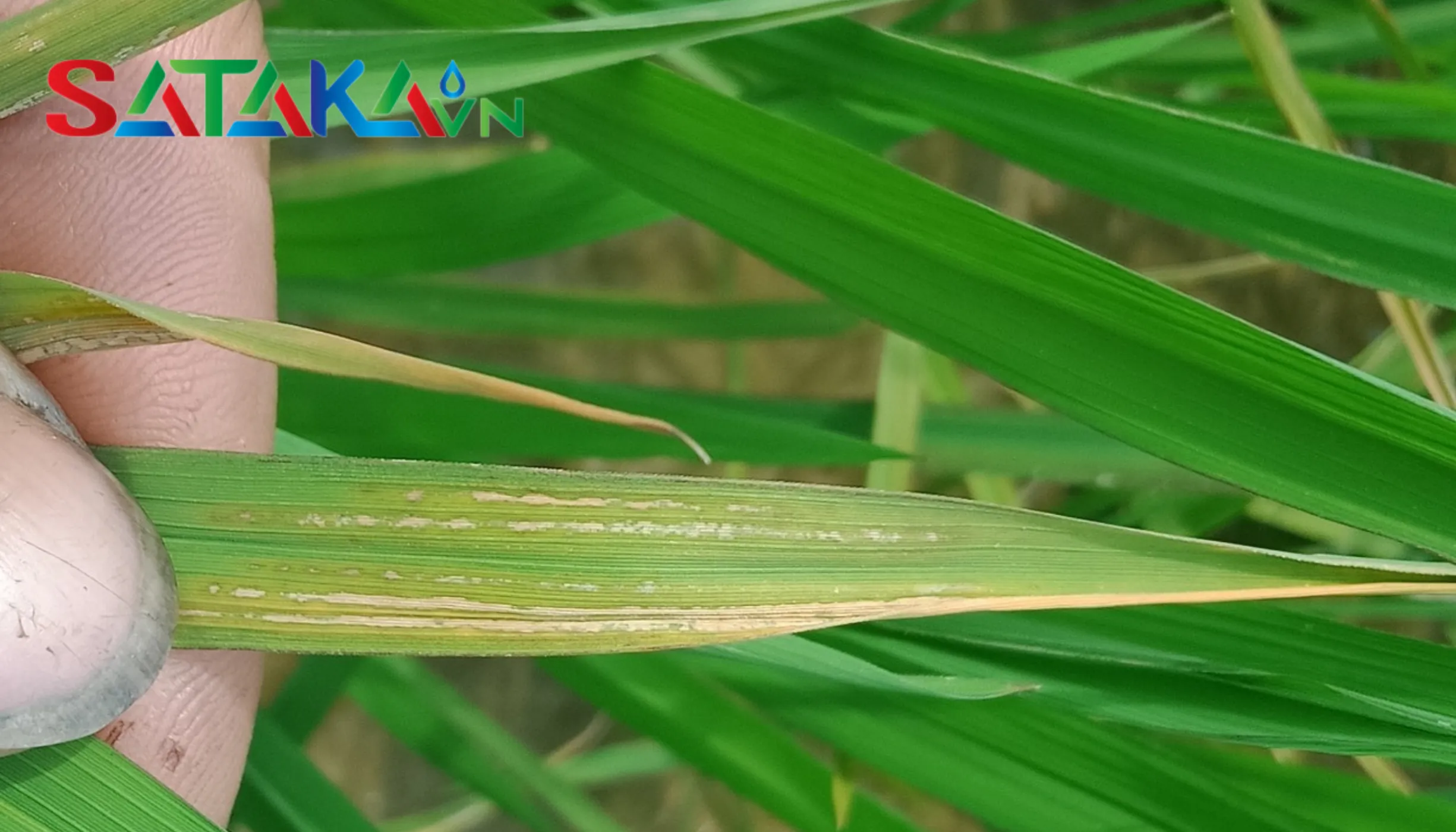
Early detection and intervention during the initial or intermediate stages are key to preventing further disease progression.
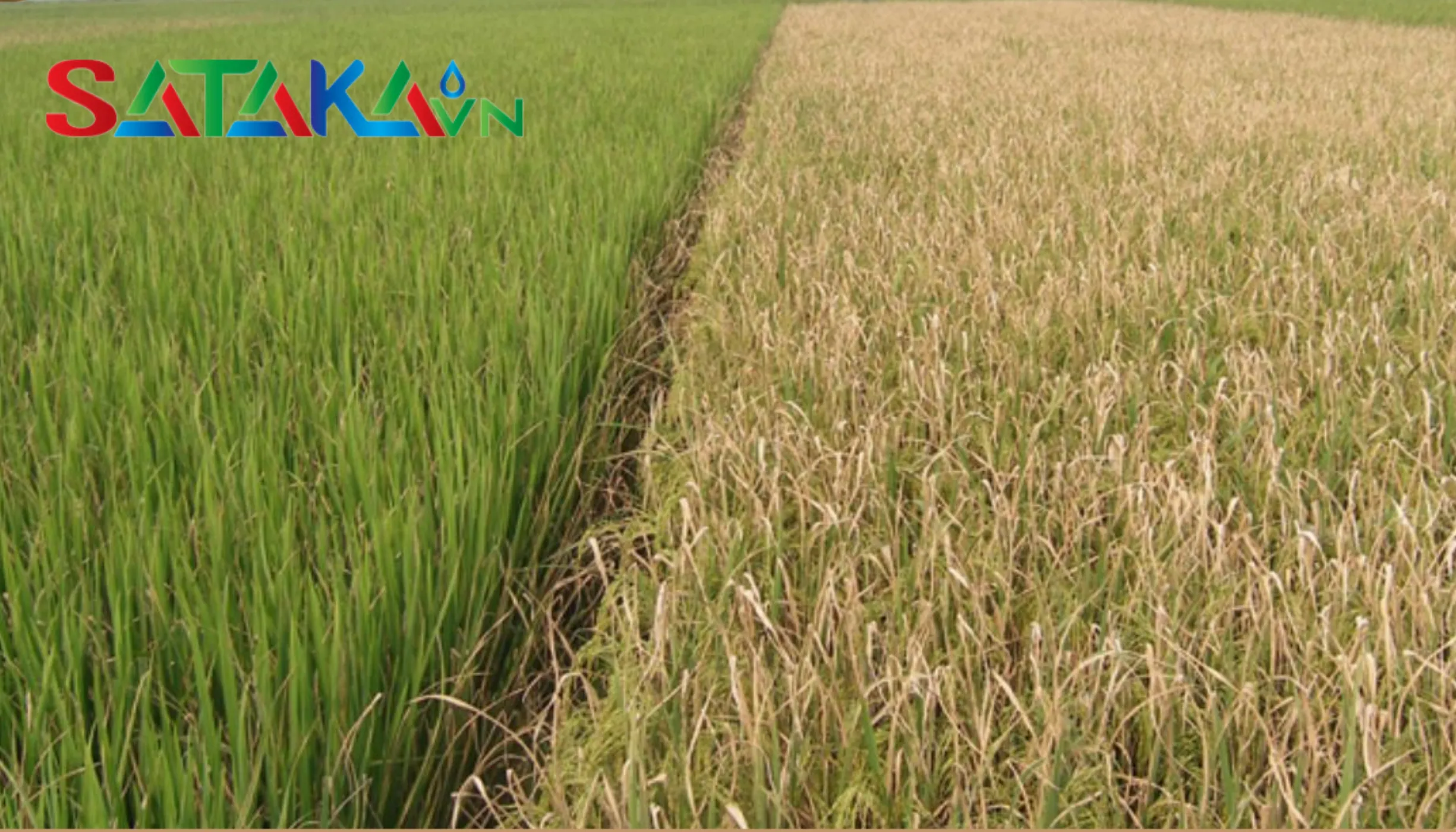
The bacterium Xanthomonas oryzae pv. oryzae thrives in hot, humid weather, with optimal temperatures between 25–34°C and high humidity. Other contributing factors include:
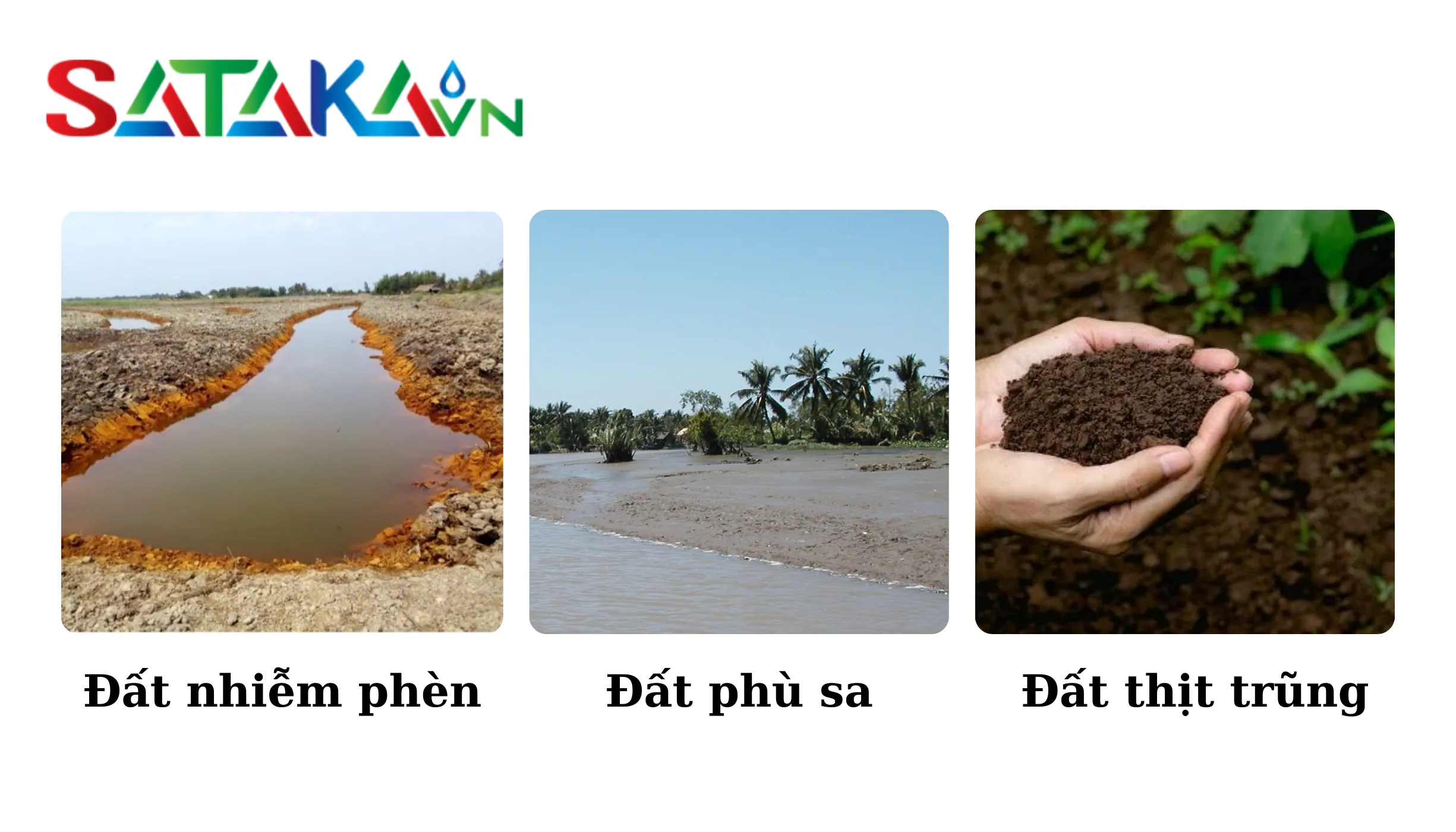
Bacterial leaf blight not only causes visible damage to rice plants but also significantly affects their overall health and yield. Key impacts include:
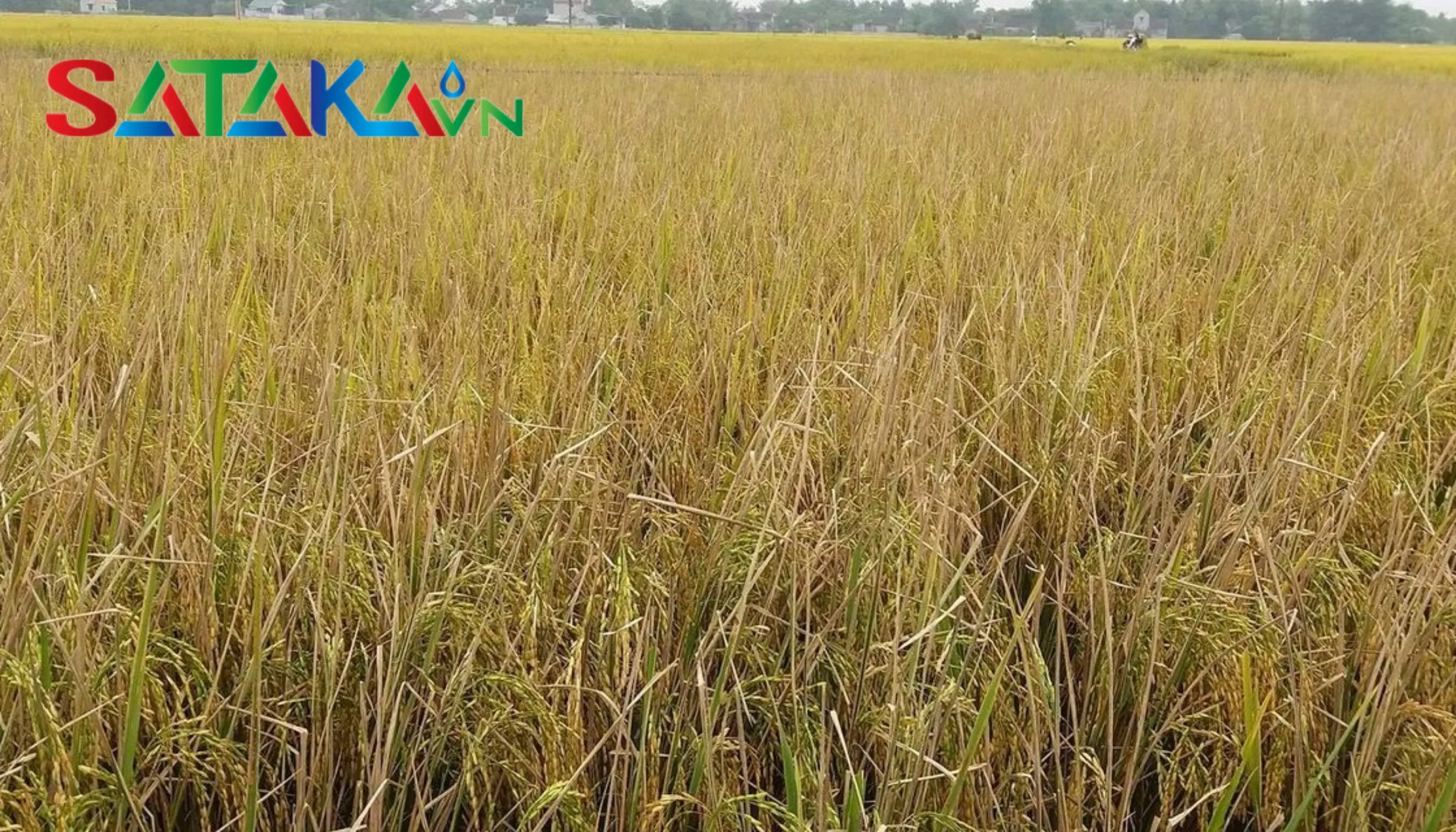
Estimated yield losses:
Planting resistant rice varieties is one of the most effective long-term strategies to prevent bacterial leaf blight. Some resistant varieties include SHPT3, IR BB60, AS 996-9, and BR51-91-6. These varieties reduce the risk of infection and lower the need for chemical control measures.
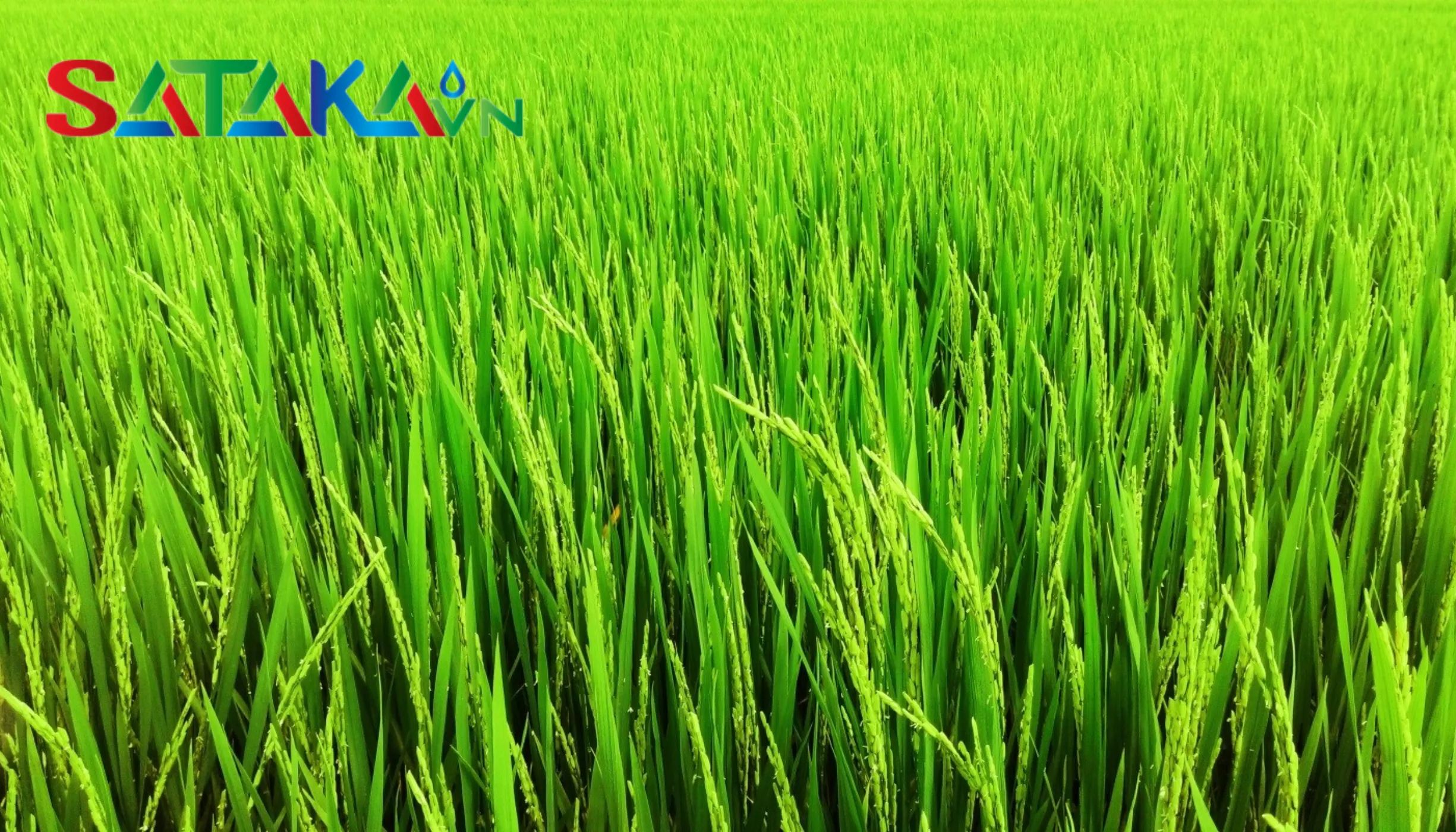
Application of Specific Bactericides: Follow recommended dosages and schedules.
Examples of Effective Products:
| Product Name | Active Ingredient |
|---|---|
| Kasumin | Kasugamycin 2% SL |
| Starmyl | Isoprothiolane 40% WP |
| Sheathmar | Validamycin 3% SL |
| Xantrio | Cupric Ammonium Carbonate |
Safe Application Practices:
While plant protection products are effective, their use requires caution to protect human health, livestock, and the environment. Key points to remember:
In summary, bacterial leaf blight caused by Xanthomonas oryzae pv. oryzae is one of the most dangerous and prevalent rice diseases. Without timely detection and control, it can cause severe yield losses. Farmers should adopt integrated management strategies, including using resistant varieties, employing proper farming techniques, and applying plant protection products responsibly.
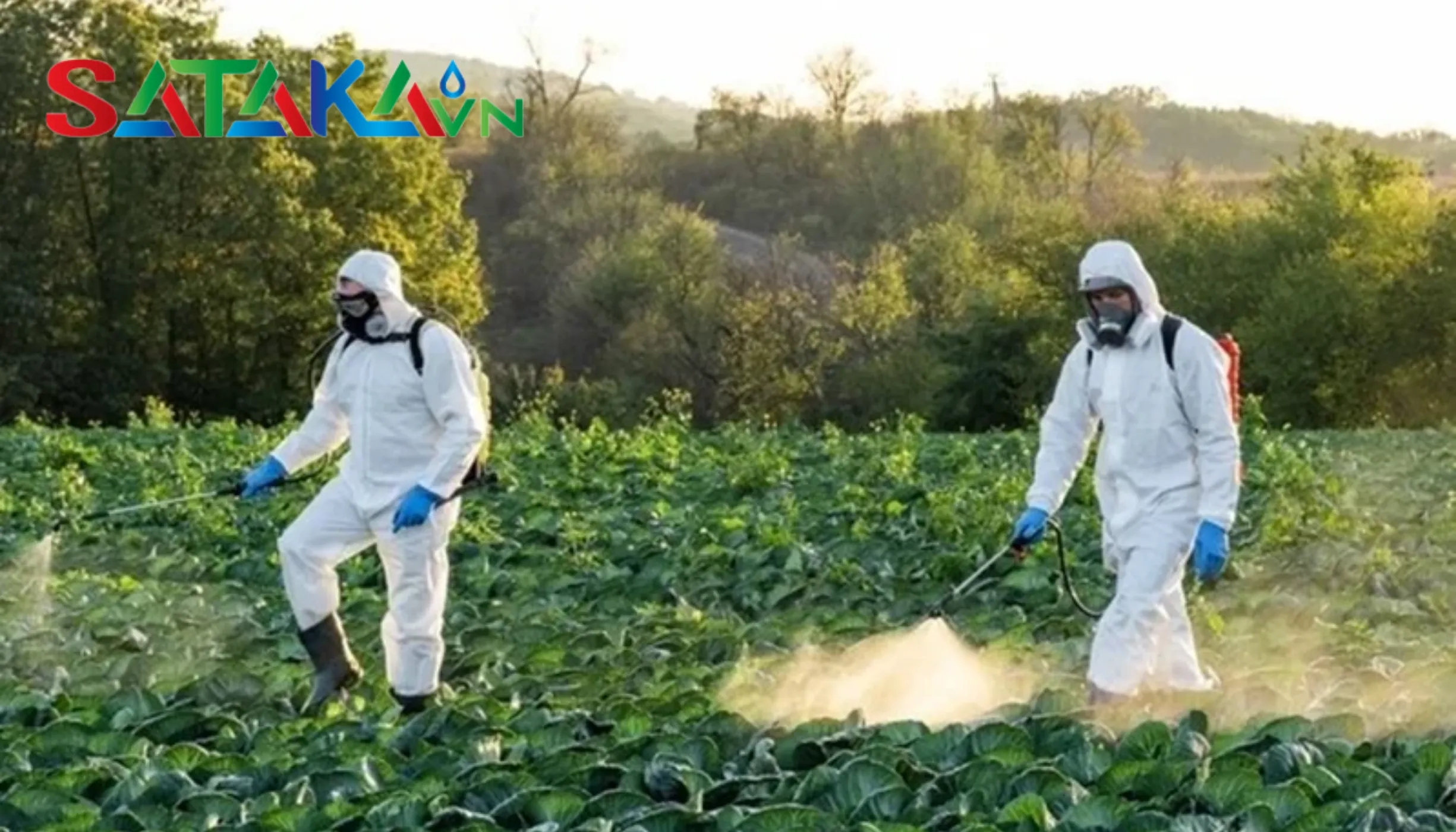
By taking proactive and comprehensive measures, we can prevent the spread of bacterial leaf blight and safeguard rice yields. Thank you for reading this article by Sataka Vietnam, and stay tuned for more insights on preventing crop diseases and advancing Vietnam’s agriculture!
1. What precautions should be taken when spraying pesticides?
Follow proper dosages and timings, and use protective gear to ensure worker and environmental safety.
2. Who is most at risk from pesticide exposure?
Children, the elderly, and pregnant women are at higher risk of poisoning from pesticide exposure.
3. How can bacterial leaf blight be detected early?
Regularly inspect fields for abnormal yellow or white spots on leaf edges.
4. Under what conditions does bacterial leaf blight spread rapidly?
Hot, humid weather (25–34°C) with heavy rain and strong winds accelerates disease spread.
5. What soil conditions increase disease risk?
Poorly drained alluvial soils, acidic soils, and waterlogged clay soils create ideal conditions for bacterial leaf blight development.